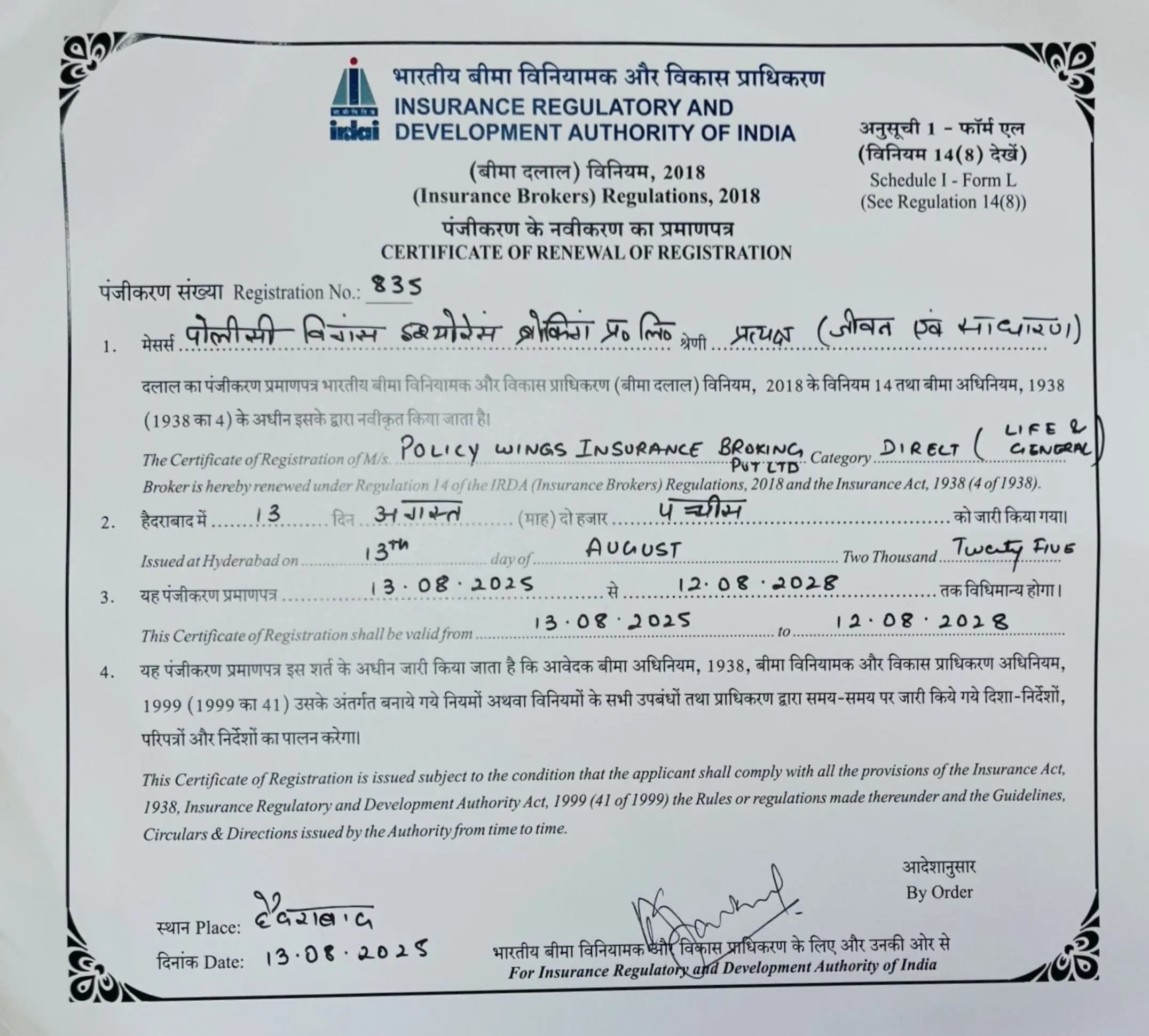Introduction We all have somebody in our family living with conditions like diabetes, high blood pressure, thyroid or others. These...
Introduction Employee group insurance and corporate health insurance plans have become essential components of employer benefits programs in India, particularly...
Introduction When choosing a health insurance plan for your loved ones, search terms like “family health insurance plans,” “best family...
Securing the health and well-being of your family is a top priority. But what happens when a family member has...
Do you think group health insurance is only for big corporations with deep pockets….? Well think again. In today’s competitive...
Introduction Planning for retirement can feel overwhelming especially when the question is pension plans and retirement savings schemes? Between figuring...
Once you turn 60 in India it is considered to be a milestone, transitioning to a new phase of life,...
Introduction In today’s world, where healthcare expenses are skyrocketing, a mediclaim policy offers a sense of financial security. However, many...
So, you’ve had a bump, filed your car insurance claim, and… it’s been rejected. Gutting, isn’t it? You’re paying your...
Let’s be honest — choosing a senior citizen health insurance plan can be stressful, right? We have all had those...
Latest Blogs
Introduction Do you think that buying life insurance means having to go through complicated policies and paperwork and paying...
Introduction You don’t buy a car insurance just fulfil a legal requirement. The repair costs have really increased, spare...
Introduction You can’t predict life but it’s always possible to secure the financial future of your family with life...
Introduction You have waited so long to finally purchase that car, saved for it and checked all those reviews....
Introduction Upon buying insurance, you will notice different short forms in your policy documents that might confuse you. One...
Introduction Travel is exhilarating but medical emergencies abroad are expensive and unpredictable. For Indian travellers, buying robust overseas travel medical...
Introduction Having a small business in India starts with immense opportunities but also with a wide range of challenges. Moreover...
Introduction Damage to property can be a huge loss. We need reliable property insurance to protect our home, workplace...


















